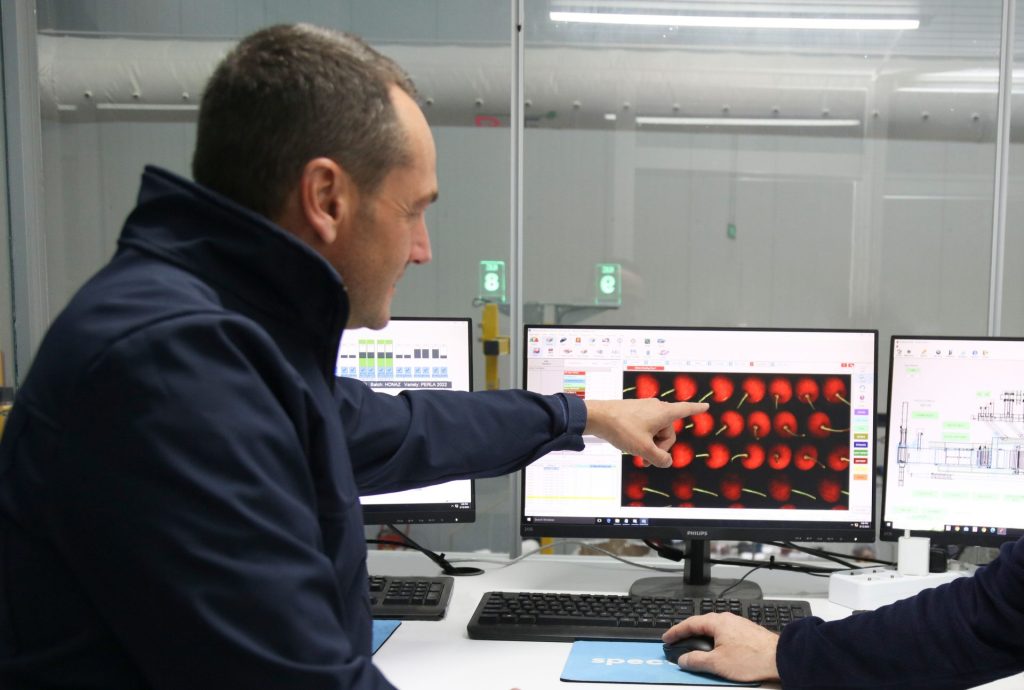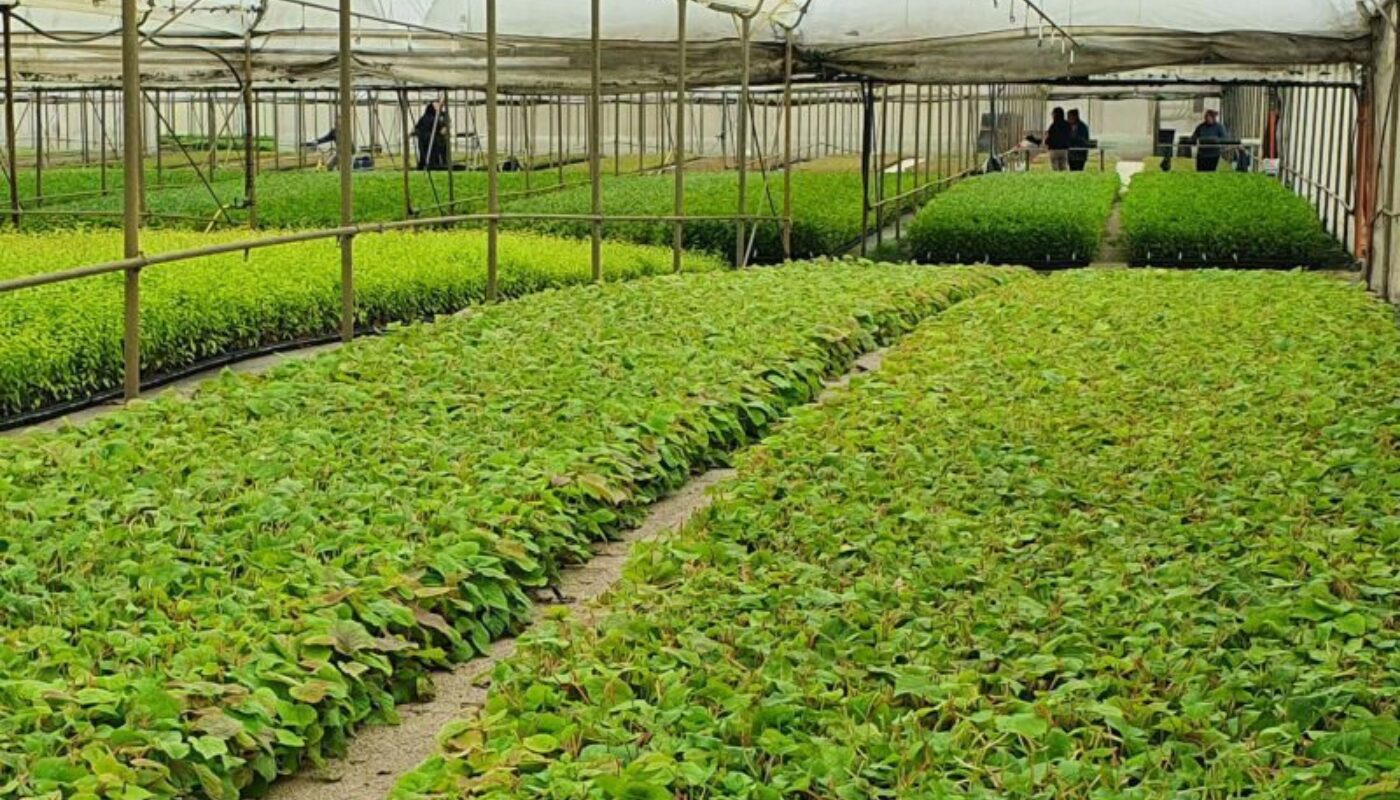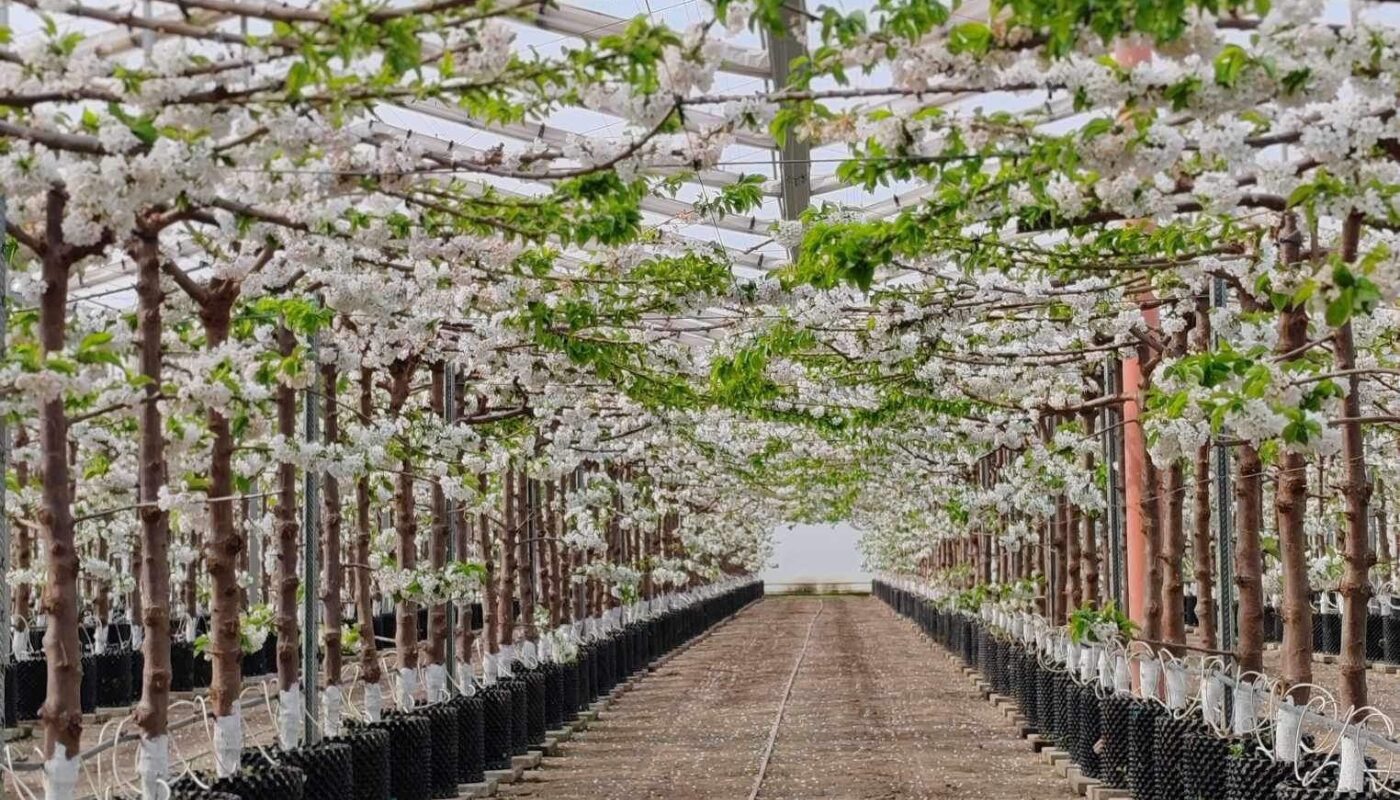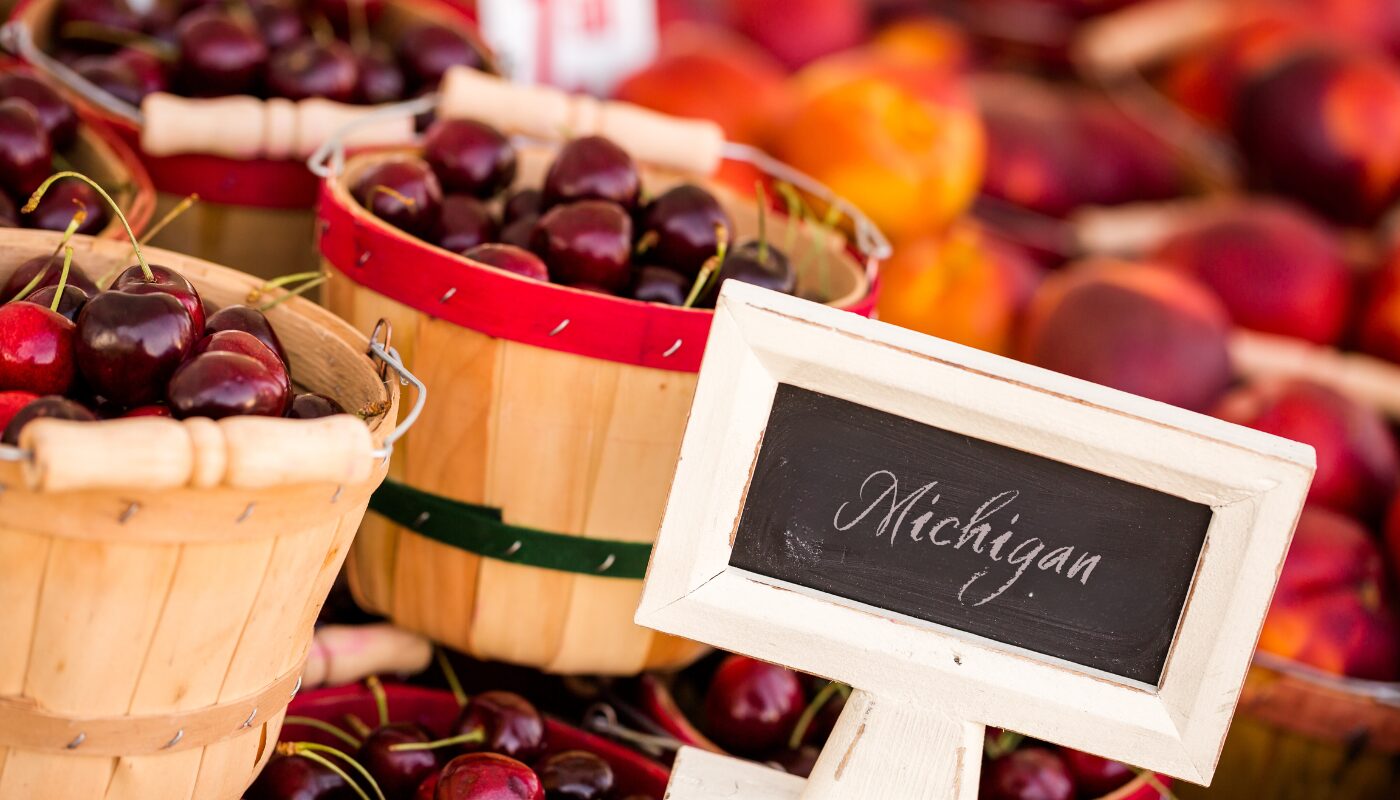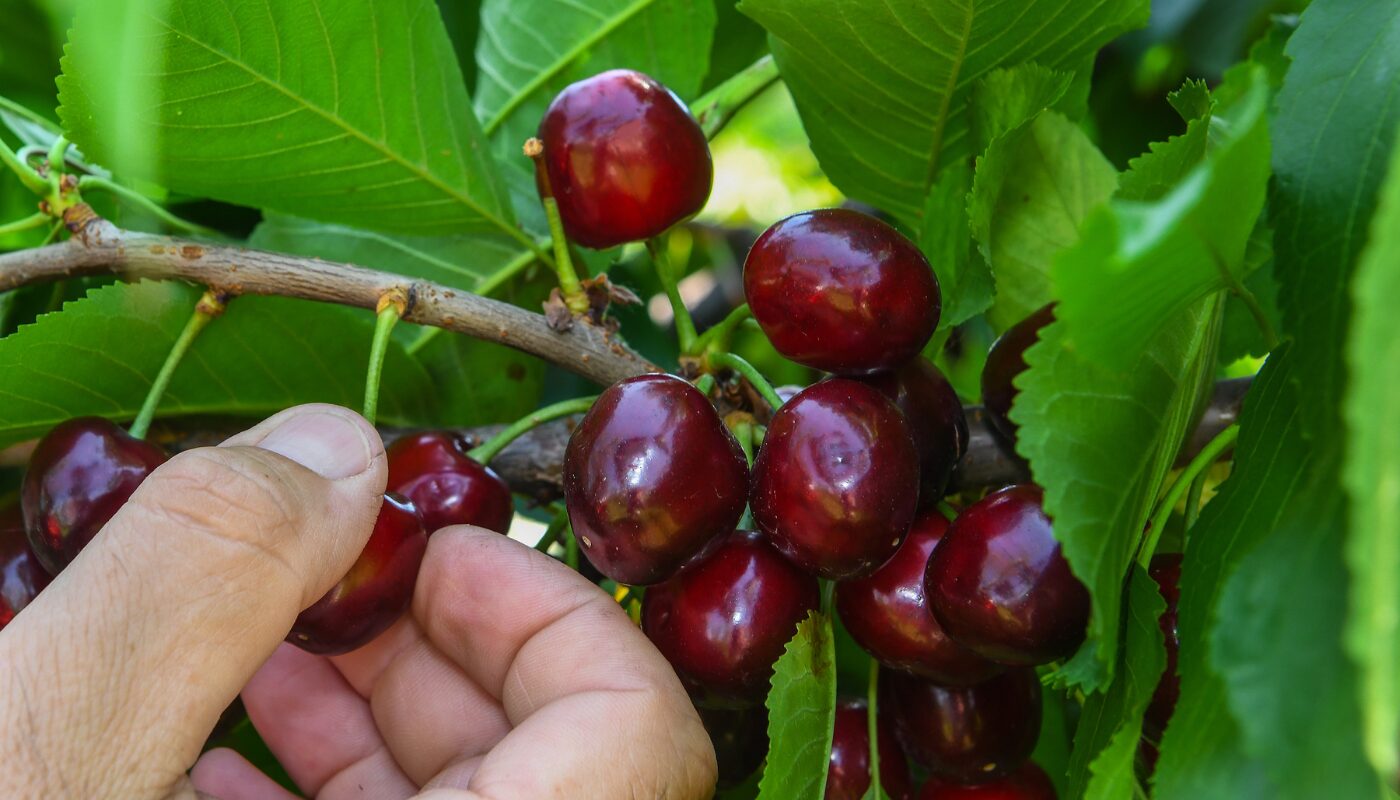Over the years, the fruit packing process, including cherry packing, has undergone a significant evolution, resulting in improved efficiency and productivity. Previously, cherries were often sold on the side of streets or in local markets. However, with the global growth of cherry production, along with varietal changes and improvements, the cherry packing industry has quickly transformed from a labor-intensive and mechanical industry to a high-end, highly automated industry.
This transformation has been made possible through the development of optical sorting systems, automated weighing and packaging systems, and robotics. These technological advancements enable faster and more accurate sorting, grading, and packaging of cherries. Specifically, the introduction of automatic quality control systems has played a crucial role in ensuring that only the highest quality cherries are packed while reducing waste and enhancing productivity. The optical systems have undergone an incredible evolution in the past 5-7 years, from only allowing grading by color and size, to a full examination of external defects. More recently, the industry and its technology suppliers have been focusing on developing technologies to identify the internal features and quality conditions of the cherries, such as brix and softness. This technology enhances industry standards and helps provide a consistent fruit supply to the global market.
Traceability systems have also become more sophisticated and important with the advent of digital technologies. Advanced software systems enable precise tracking of cherries throughout the entire supply chain, from the farm to the consumer. This ensures transparency and accountability in the packing process. Data management systems further contribute to improved efficiency by providing valuable insights into productivity, inventory management, and quality control, enabling better decision-making.
Overall, the cherry fruit packing process, has experienced significant improvements in terms of efficiency, productivity, quality control, and sustainability. These advancements have resulted in faster operations, reduced waste, improved product quality, and enhanced competitiveness within the industry. The combination of automation, quality control systems, traceability, and data management has driven the evolution of cherry-packing towards a more efficient and technologically advanced approach.
Starting in the orchard
Prima Frutta Packing is a fresh cherry business based out of California, USA. All its fresh cherries come from Southern California, where the season begins in late April and finishes in mid-June. The company´s goal is to deliver consistently high-quality product to all customers across the world.
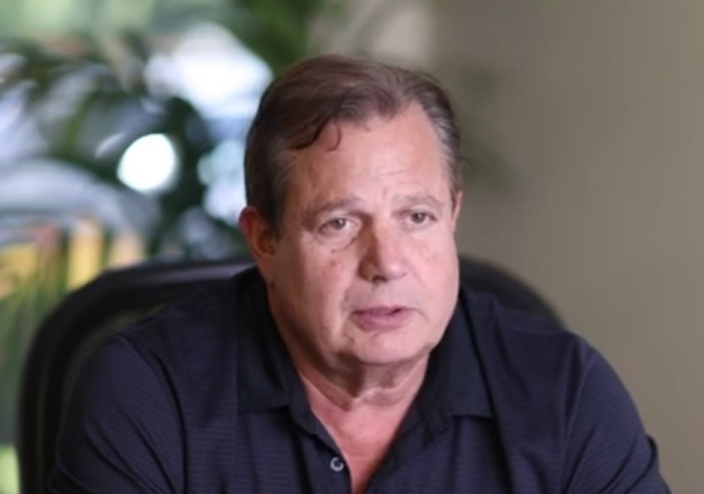
“The Cherry Harvest is a complicated process. We begin our harvest early in the morning because we like to harvest our cherries when it’s cool. The fruit then comes into a central loading facility where they’re Hydro cooled to get the field heat out of the cherries,” said Tim Sambado, the company´s president.
Then cherries arrive by refrigerated Vans to the facility in Stockton, California, and kept in Cold Storage to maintain temperature and shelf life. Usually that day or the following day they are processed on the line, further cooled with an inline hydrocooler down to 33 degrees. After this, they continue with the sorting and sizing of the fruit. The fruit is then packed and distributed around the world to customers.
Moving to the other side of the world, Hortinvest Management Ltd shared its experience in New Zealand. The company develops and manages large-scale commercial orchards in Central Otago, producing export-quality cherries throughout the southern hemisphere’s summer. Hortinvest was established in 2016 by horticulturalists Ross and Sharon Kirk who combined expertise in orchard development and management and international fresh produce marketing to offer investors entry into the summer fruit industry. It manages orchards for Deep Creek Fruits NZ LP and Ardgour Valley Orchards and the Lindis Coolpac packhouse owned by Southern Fruits International. Cherries are exported around the world including key markets Taiwan, China, Vietnam, Singapore, Malaysia, and the Middle East between December and February.
What are the key steps involved in the cherry packing process to ensure the quality and freshness of cherries? Hortinvest cluster pick the cherries in the field, reducing the handling movements of the fruit and further reducing the opportunity for damage at harvest. Cherries are moved from the field to a refrigerated truck and then transported to the packhouse.
Hortinvest employs innovative and leading technology along the supply chain from picking to packing. They use RFID technology in the field to track and time stamp individual buckets harvested which are then weighed into bins and are then transfer to the packhouse. Once in the packhouse this field technology integrates with their packhouse management system.
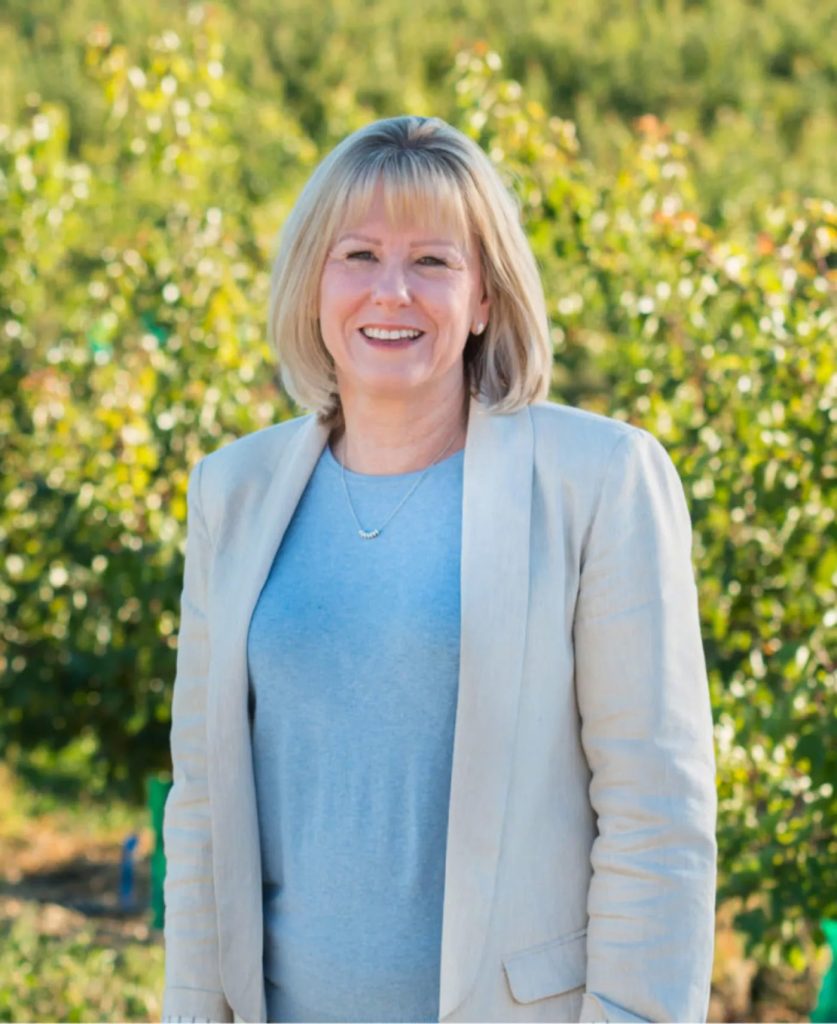
Sharon Kirk, Co-founder, marketing & sales manager de Hortinvest Management Ltd, explained the next steps: “We place cherries in the coolstore overnight to allow the cherries to cool to the right temperature before using our TOMRA In-Vision technology at the packhouse, which sorts and grades cherries to meet export and market specifications. Infrastructure includes an eight-lane cherry processing machine, a Cascade Singulator, Small Fruit Sorter and CURO filling and packing solutions. We have inline hydrocoolers that take the fruit down to within half a degree of our hydrocooling water and ideally between 0-1 degree C when they go into the box. In coolstore fruit is stacked in pallets and dispatched to our forwarder the next day by refrigerated truck. Our in house QC’s monitor the quality of the fruit as its being packed and our operator constantly monitors and manages the output.”
Later, cherries are stored in the coolstores on site and then they use refrigerated trucks to transport to the freight forwarder at the airport. In the case of seafreight they cool and load the container on site at the packhouse and truck directly to the wharf. All fruit is transported strapped on pallets.
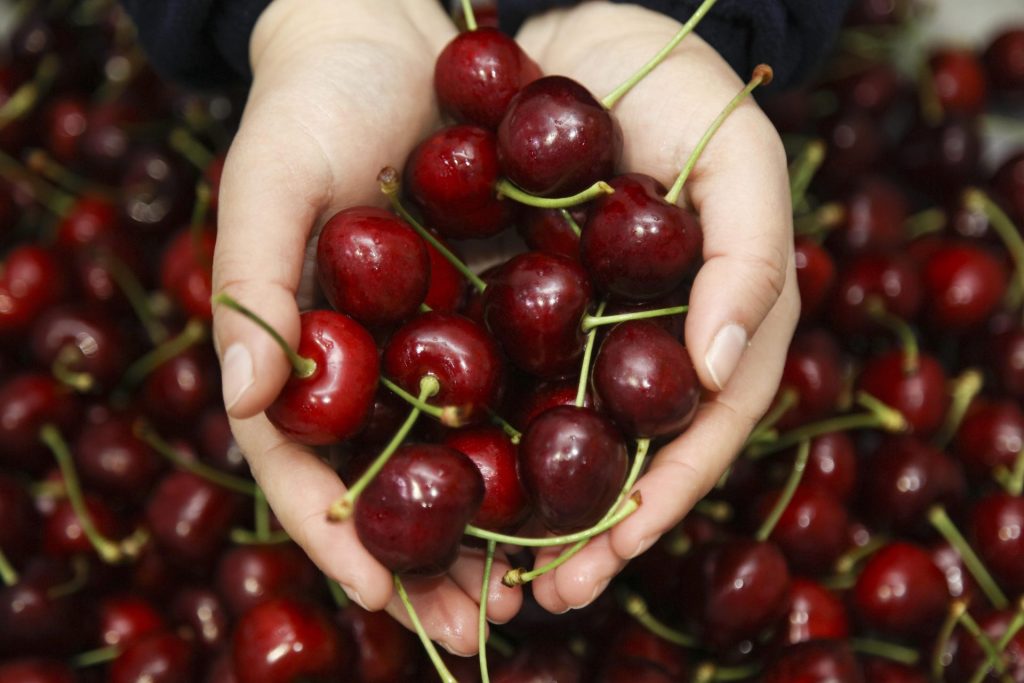
Postharvest solutions
TOMRA Food has positioned itself as a leading manufacturer in the field of integrated post-harvest-to-pack solutions for cherries. The acquisition of Compac Sorting and BBC Technologies, both of which had extensive experience in the cherry sector, has further strengthened TOMRA Food’s position in the market.
By combining the expertise of these two companies with TOMRA Food’s own capabilities, the company has been able to develop innovative optical sorting and packing technology, now covering every aspect of the processing line, from sorting to fully integrated packing as a One-Stop shop.
These cherry solutions are designed to deliver exceptional performance in terms of throughput capabilities, handling gentleness, grading accuracy, and packing speed.
The benefits provided by TOMRA Food’s technology for cherries are indeed impressive. The company has been able to deliver significant advantages to its customers, particularly in regions such as Latam, North America, Europe, and New Zealand.
One of the key advantages of TOMRA’s technology is its automatic quality selection capability. By aligning and rotating each individual cherry in an advanced manner and leveraging improved software, defects such as Nose Cracks, Mildew, Suture Splits can be identified, while delivering outstanding sizing accuracy. Customers routinely packing with 6~8% undersize and only ~2% oversize in the pack. This maximizes pack-out of larger sizes, meaning less big sizes in the small packs, which helps avoid a price reduction per box.

“Furthermore, TOMRA Food’s Small Fruit Sorter stands out as the fastest in the market, surpassing other suppliers by up to 20%. This increased speed has been reflected in the productivity of TOMRA’s customers in Chile, who have experienced up to 650-670kg per lane per hour compared to the industry average of 400kg per lane per hour reported by the Global Cherry Summit statistics”, highlighted Benedetta Ricci Iamino, Global Category Director – Cherries at TOMRA Food.
Ricci Iamino says “stay tuned because”, amongst several new tools and technological improvements that will be released specifically for cherries very soon, TOMRA Food has started to install TOMRA Insight, a cloud-based customer portal and data platform that provides analytics so customers can monitor and optimize their operations.
Packing process challenges
The cherry packing process presents unique challenges that can impact the quality and marketability of the fruit. From labour availability to handling cherries, packers face obstacles that require careful attention.
Labour shortages are an ongoing issue for Hortinvest, as well as the rising cost of labour for both harvest and packing. Key to overcoming this is using the latest machinery and technology which enables more efficient use of available labour and for help in cost control. This process includes innovative machinery, use of the Dataphyll harvest technology in the field and the Radfords management system in the packhouse.
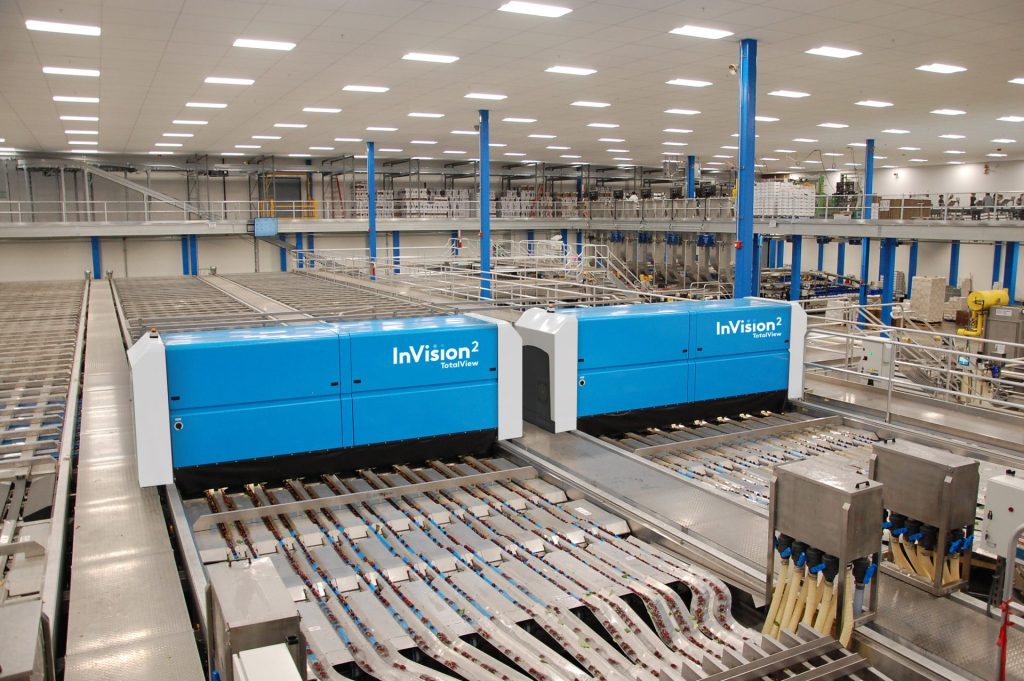
“Food safety and security is key. We want to deliver to customers a product that is safe to eat and has not been tampered with. Issues recently such as COVID and testing on arriving in market have been part of our thinking on product security. The recently built Lindis Coolpac packhouse has been designed with this in mind, with secure entry and exit, security cameras, and hygiene lock for all those entering the packhouse. We also implement a robust health and safety system for all staff and visitors”, explained Sharon Kirk.
Finally, Kirk mentioned: “Traceability is another issue that is most important to our customers both at home and internationally. By implementing technologies and systems such as we have, we have full visibility of production from harvest to sales and can track where the product is along the chain at any time.”
On the other hand, Tim Sambado, president at Prima Frutta Packing mentioned: “Historically, targeting the wide range of defects within a cherry can be difficult. With TOMRA Foods’s latest technology advancements, we are able to identify these specific defects with far more accuracy. These defects include freshwater cracks, powdery mildew and open sutures. This provides a wide range of benefits to our business and our customers.”
“In California there are always weather challenges to deal with, and this puts pressure on delivering a consistent quality product and a certain volume. This means we need to ensure every possible cherry is accurately graded. TOMRA’s technology has meant that we can increase the amount of fruit we run from 10-14 tons due to the defect-identifying process, to 20-22 tons per hour with the same workforce,” explained.
Benedetta Ricci Iamino emphasised: “Product quality is of most interest to cherry packers and exporters because this is where their greatest returns, but also operational challenges are. One of the biggest headaches is caused by significant quality variations from one batch of infeed product to another, including there can also be variations within the same batch. Manual sampling methods can misread true batch quality because they only examine a tiny part of the product flow, sometimes missing imperfections and defects clustered in hotspots – but the sorter sees everything and reports precisely on what it finds.”
Sustainable packaging
Have there been any notable changes in packaging materials or designs for cherries? Benedetta Ricci Iamino, Global Category Director – Cherries at TOMRA Food explained more about this important topic.
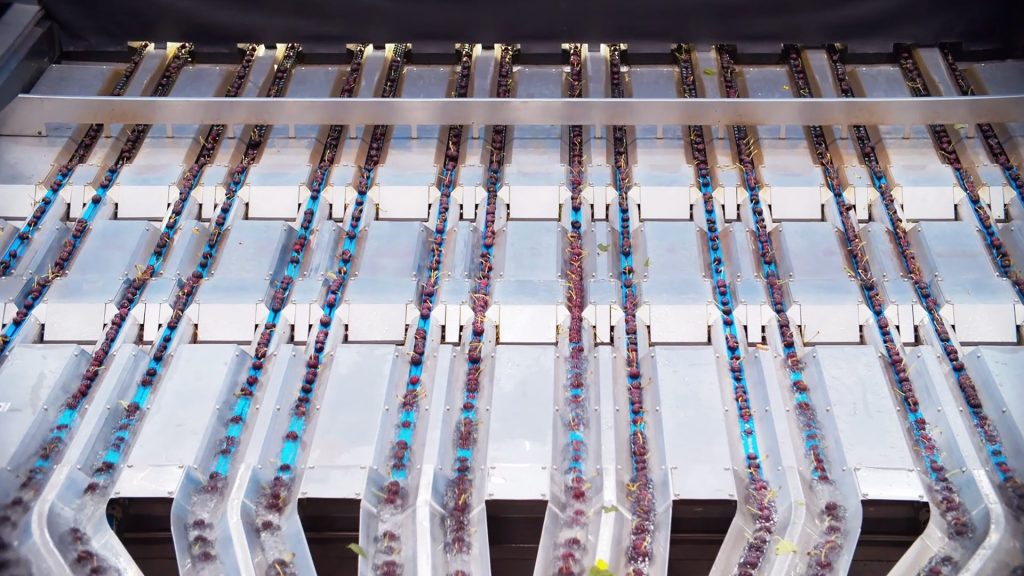
“Indeed, there have been, the changes in packaging materials and designs tailored to cherries have brought about various benefits. These changes include the adoption of modified atmosphere packaging (MAP) to extend the shelf life of cherries by controlling oxygen and carbon dioxide levels. Protective packaging, such as foam or padded trays, helps prevent damage during transportation, preserving the cherries’ quality. Packaging designs with improved ventilation and airflow regulation reduce the risk of condensation and mold growth. Resealable packaging options have gained popularity, especially in the European markets, allowing consumers to seal the package after consuming a portion of the cherries. This helps maintain the freshness of the remaining cherries and extends their shelf life by minimizing exposure to air and moisture,” said the director.
Furthermore, she said, there is a growing focus on sustainability in the fruit packing industry and efforts are also being made to utilize by-products and reduce energy consumption, promoting sustainability throughout the entire packing process.
The growing demand for sustainable and eco-friendly packaging solutions has influenced the cherry packing industry significantly. Consumers’ increasing concerns about packaging waste and the environment have prompted the industry to adopt recyclable, biodegradable, and compostable materials. Packaging sizes have been optimized, unnecessary materials have been eliminated, and sustainable labeling and inks are being used to reduce waste and minimize environmental impact.
Collaborations with packaging suppliers, research institutions, and sustainability organizations have fostered innovation and knowledge exchange. Retailers are prioritizing suppliers with sustainable packaging solutions, further driving the industry to adopt eco-friendly practices. These efforts aim to meet consumer expectations, reduce environmental impact, and promote a more sustainable future in cherry packing.


